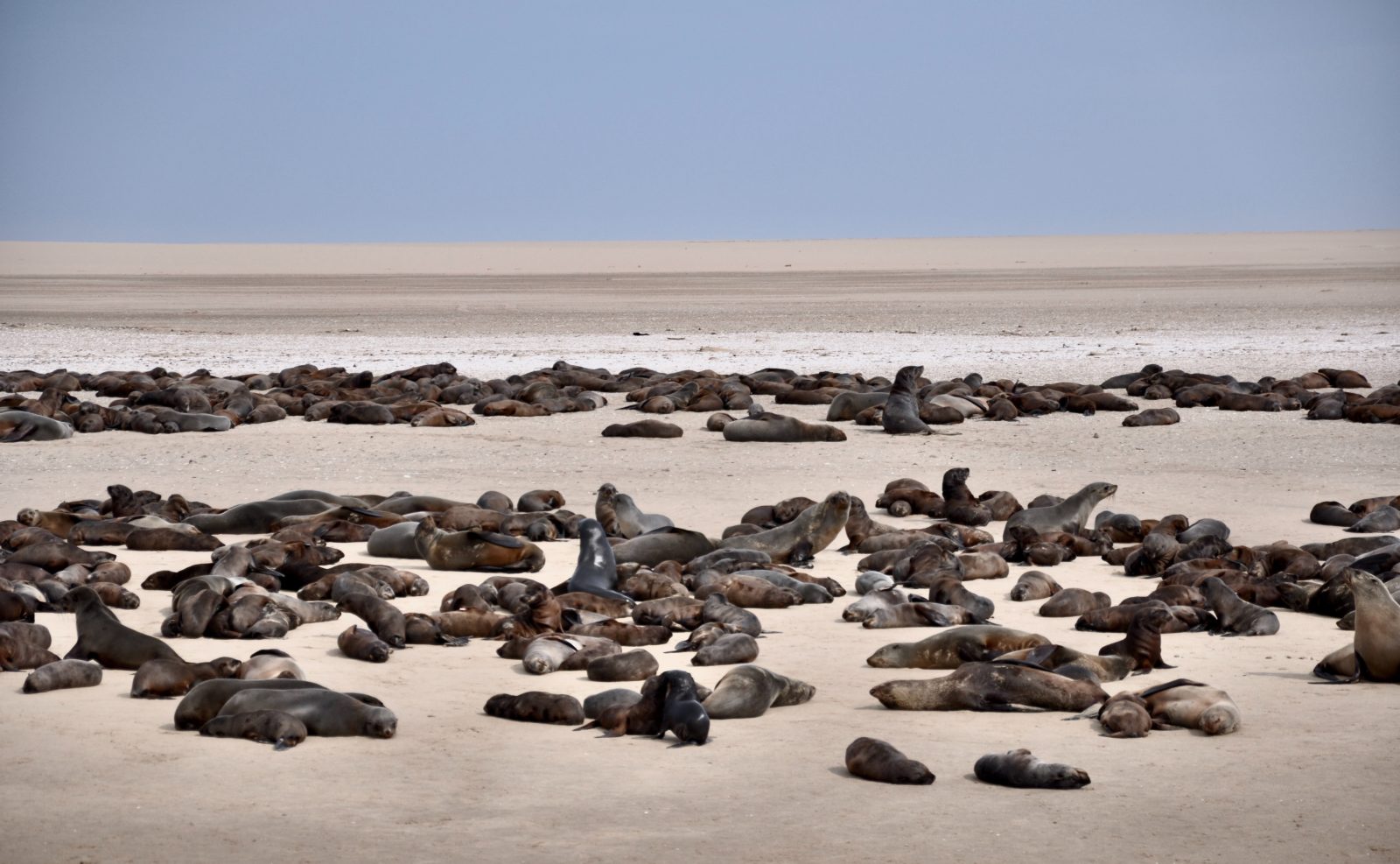
Biological science students at Cal Poly in San Luis Obispo have schooled themselves in the art of drone piloting as part of their noble pursuit of counting members of local elephant seal populations.
The group of professors, graduate, and undergrad students at Central California’s Cal Poly are deploying their drones above seven different regional beaches to take an improved gander at residing elephant seals. A main objective in the Vertebrate Integrative Physiology’s Lab and Field effort will be to get an accurate count of the pinnipeds, which can amass in preferred spots from anywhere from 200 to over 1,000 individuals. Those census missions will be flown while the creatures are ashore for their mating season, which will wind up later this month.
Once the post-amorous elephant seals clear out and back to sea, the group will study the (possibly X-rated) photographs captured by the drones to get a fix on their numbers. Those may also offer an idea on how the sizes of groups fluctuated over the length of the mating season.
Though the annual counting project has existed since 2017, this is the first time the Cal Poly students will be turning to UAVs to facilitate the task. In addition to producing more precise numbers than previous eyeballing methods, the aerial technique is also less intrusive, and therefore less likely to provoke reaction from the mammals that human presence can. (With the weighing and tagging of seal new seal pups also part of the study, however, that decreased invasiveness of aerial tech will eventually become a mooted advantage.)
Volunteers to the project have nearly doubled in size from the original 30, with this year requiring some member to go to school on drone piloting before deploying the craft above elephant seal communities.
Because the flights are part of a formal venture, students had to study and pass Federal Aviation Administration Part 107 certification. They then had to demonstrate to State Park authorities that both they and their drones were safe and reliable to fly above unsuspecting elephant seals. They then had to obtain permits to operate in restricted state coastal and Cal Poly airspaces (including an area intriguingly known as “the beef unit”).
Readers in the area interested in checking out the group’s work may catch them taking tallies of seals below along the coastal strip known as Piedras Blancas, about five miles north of Hearst Castle.
Photo: Julia Sadowska/Upsplash
FTC: We use income earning auto affiliate links. More.



Comments